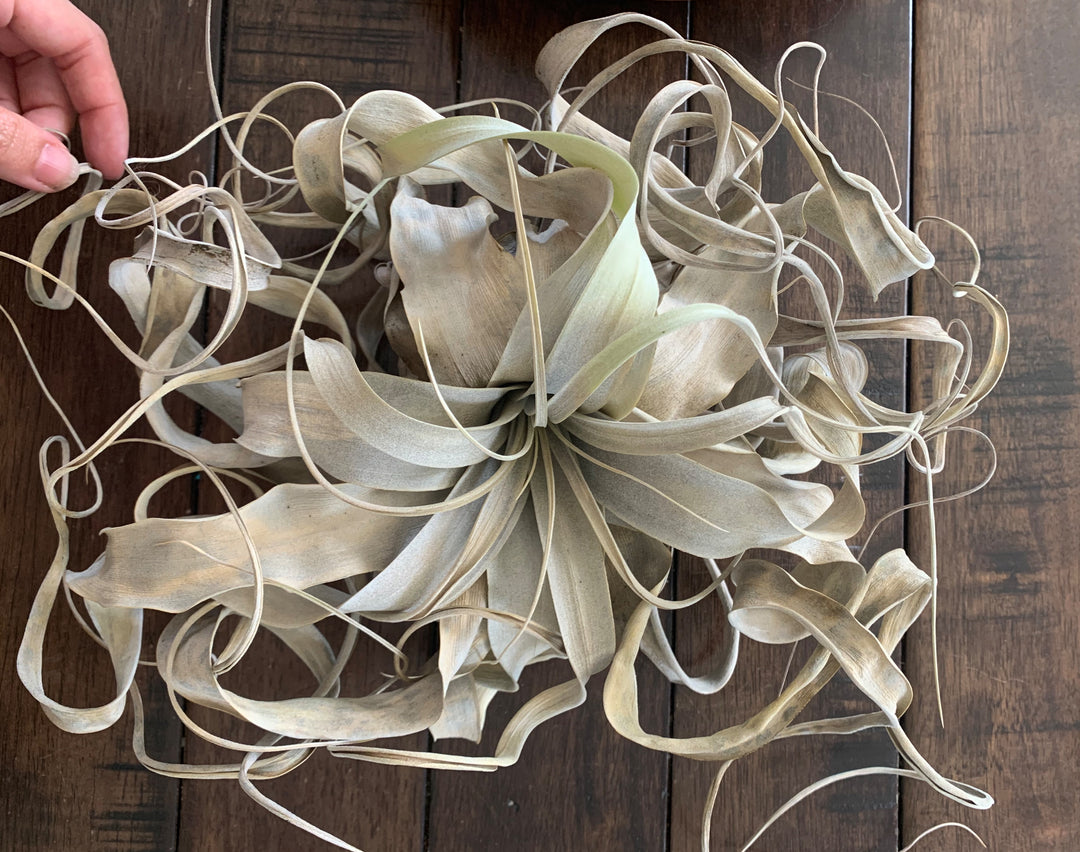
What’s Killing My Air Plants?
How to Water, Fertilize, and Tend to Your Air Plants
Keeping any kind of plant alive can be difficult, especially for those who aren’t gifted with a natural green thumb. Luckily air plants are generally on the low maintenance side. These care tips will help your plants thrive!
Over or Under Watering–Yes, air plants do need water!

Air plants can die from being over-watered, too. Plants should be fully dried before being soaked in water again. Your plant can also rot from moisture if returned to an enclosed space before they fully dry, but avoiding these things will keep your plant healthy!
Exposure to Salt and Chemicals
If you have potted plants in your house, and over time you have noticed a white crust on the top, your municipal water likely has a lot of added salts and chlorine. In the air plants, these additives manifest themselves as white crust along the tips of the plants’ leaves. It is especially noticeable in Ionanthas where you may see tiny salt crystals hanging from the end of the leaves. Since air plants don’t rest in soil there is nothing to filter the salt, making it especially harmful to air plants. The salt that deposits on the air plant’s leaves can prevent water and nutrient absorption, ultimately suffocating the plant. The salt deposits typically come from municipal water, so this is not the best water to use when hydrating your plant. Instead, try rain, well, pond, lake, or non-carbonated mineral water.
If you think your tillandsia is suffering from salt deposits, this is one time where we recommend a long soak in distilled water. This will help to wash away the excess salt build-up! Make sure to not confuse salt-build up to trichomes. Read about trichomes here!Heat and Light Exposure

On a similar note, air plants can also receive too little light. Your plant needs indirect natural light or bright artificial light for several hours a day. Plants that are left in darker parts of your home will probably have a much shorter lifespan than those receiving the necessary amount of light.
Extreme Temperatures
While many air plants naturally grow at high elevations, it is not likely they will do well in freezing temperatures. Typically, any temperature below 32 degrees Fahrenheit is intolerable for air plants. There are some exceptions to this, such as the Spanish Moss found from Texas to Florida that can withstand temperatures as low as the twenties. Commercially sold air plants would likely not survive in temperatures this low, however. If your plants live outdoors, we recommend moving them inside if temperatures fall below 45 degrees Fahrenheit.Fertilizer Burn
High concentration of fertilizer and too frequent fertilizing can burn your air plants. We recommend diluting your fertilizer with water, then soaking plants in the fertilizer water once a month. If you prefer to mist your plants with water instead of soaking, just add fertilizer to your routine. Be cautious about mixing and diluting the fertilizer before spraying your plants.Moisture and Poor Air Circulation
Some air plants like high humidity, but most prefer cool and dry conditions like those of the deserts or highlands where air plants often originate. Because of this, air plants should always be dried off quickly after being soaked. One easy way to do this is placing your air plant under a ceiling fan to avoid moisture that leaves air plants susceptible to rotting. If you choose to mist your plant for watering, it's still best to remove the plant from its container to make sure it fully dries. Hanging plants, like living Spanish Moss, should be given full circulation on all sides, and not pressed flat against a wall or surface.Their Natural Life Cycle
An air plant’s life cycle includes growth, blooming, and reproduction by the pups and seedlings. Some air plants can even bloom multiple times per year. Eventually, the mother plant will exert most of her energy into producing small offset plants, and by the time the mother plant is done reproducing, the offsets are close to the size of their mother plant. The mother plant will eventually die but the organism lives on through the offsets. When an air plant starts to produce offsets there are a few options. You can divide the air plants or you can let the plants naturally clump.
For more information on general air plant care, check out our other popular blog: How To Care For Tillandsia.


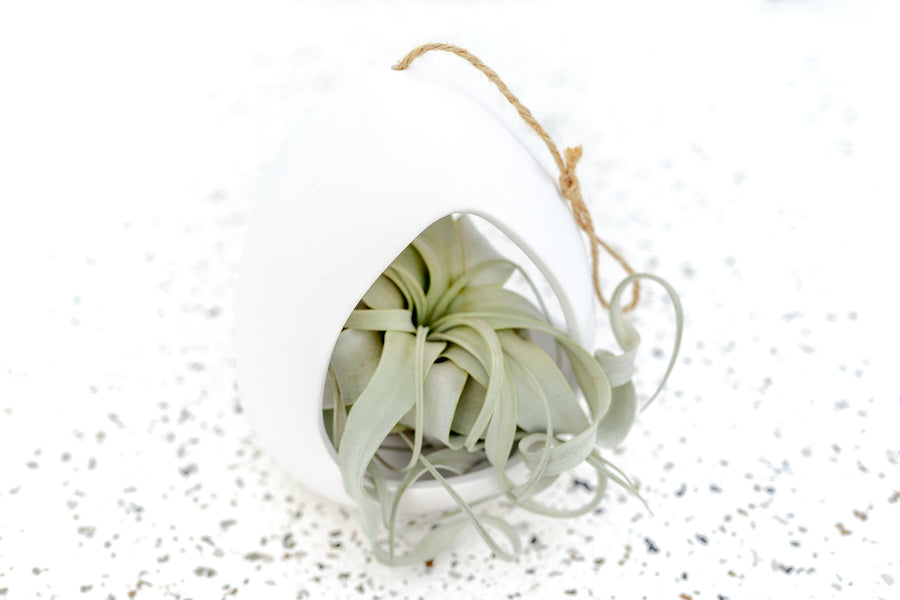
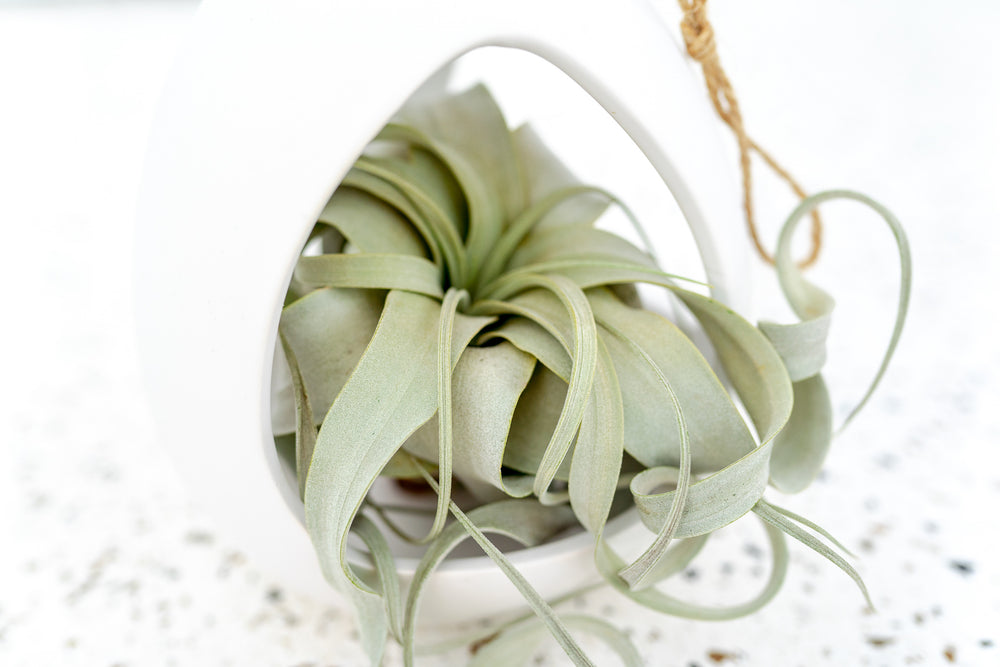
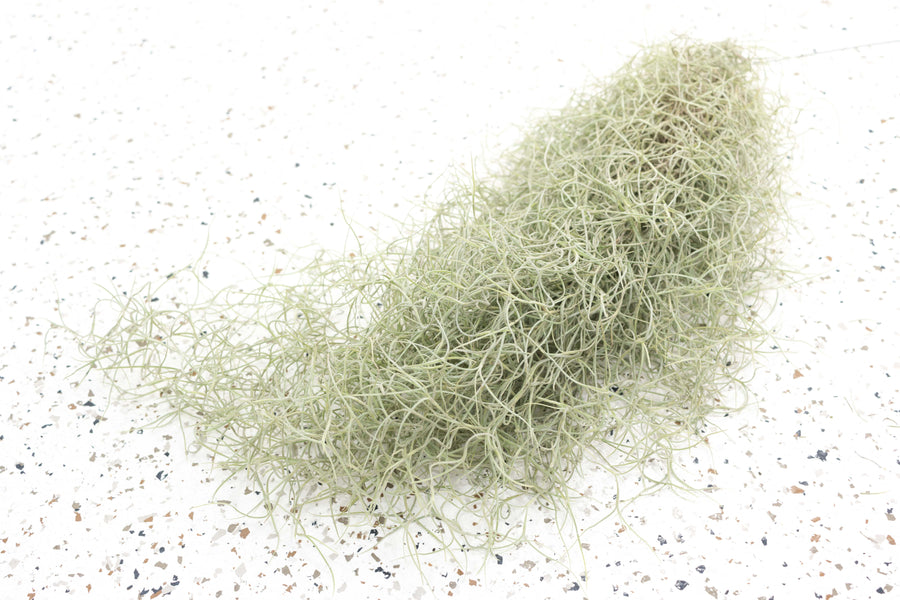
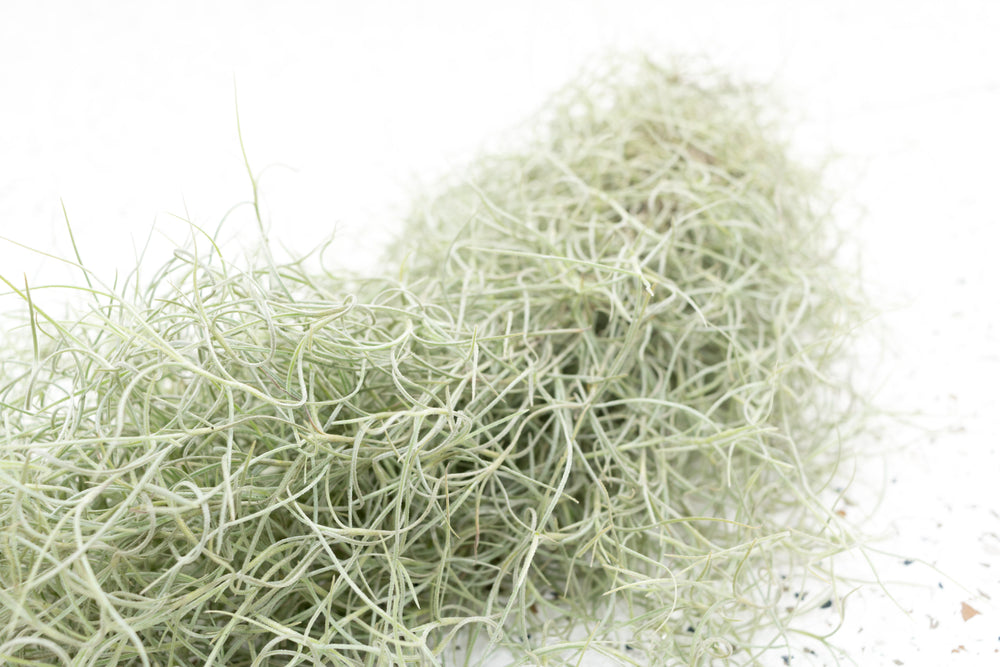

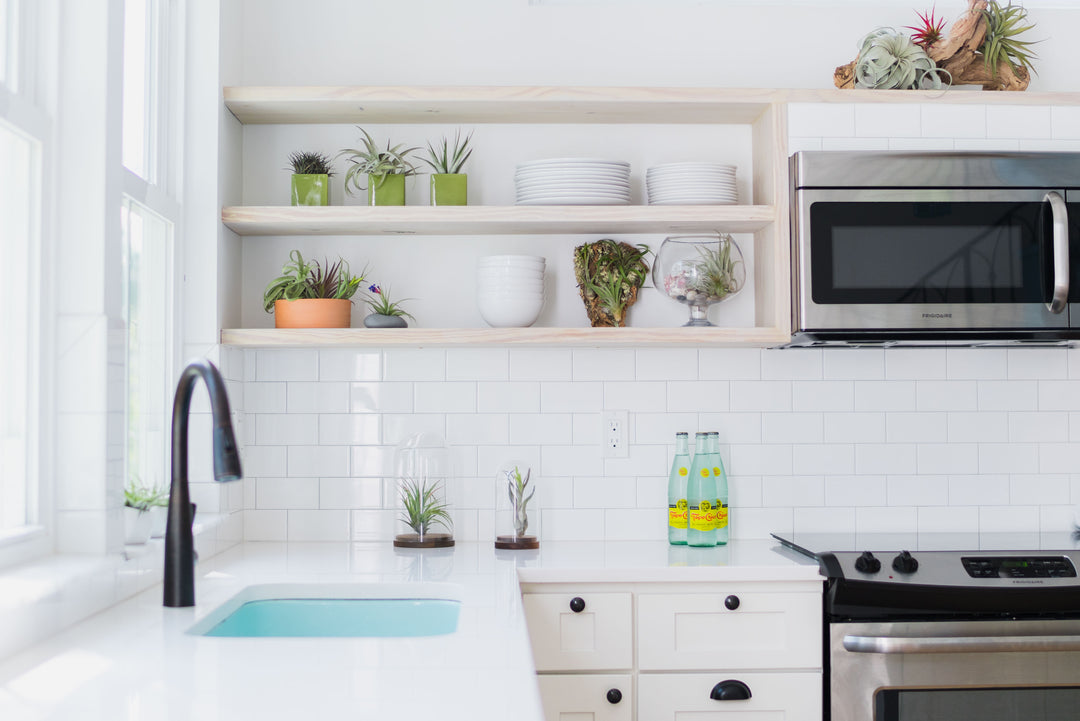
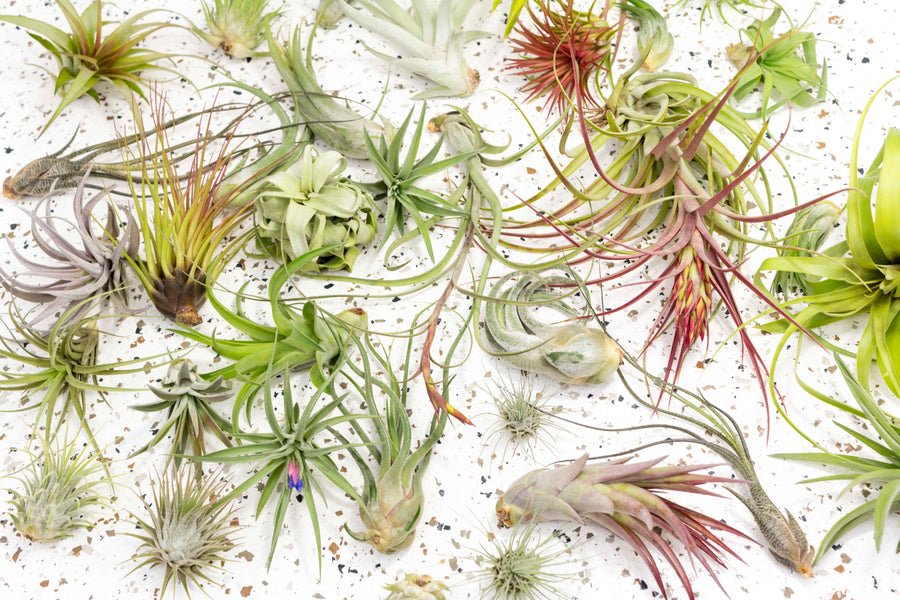
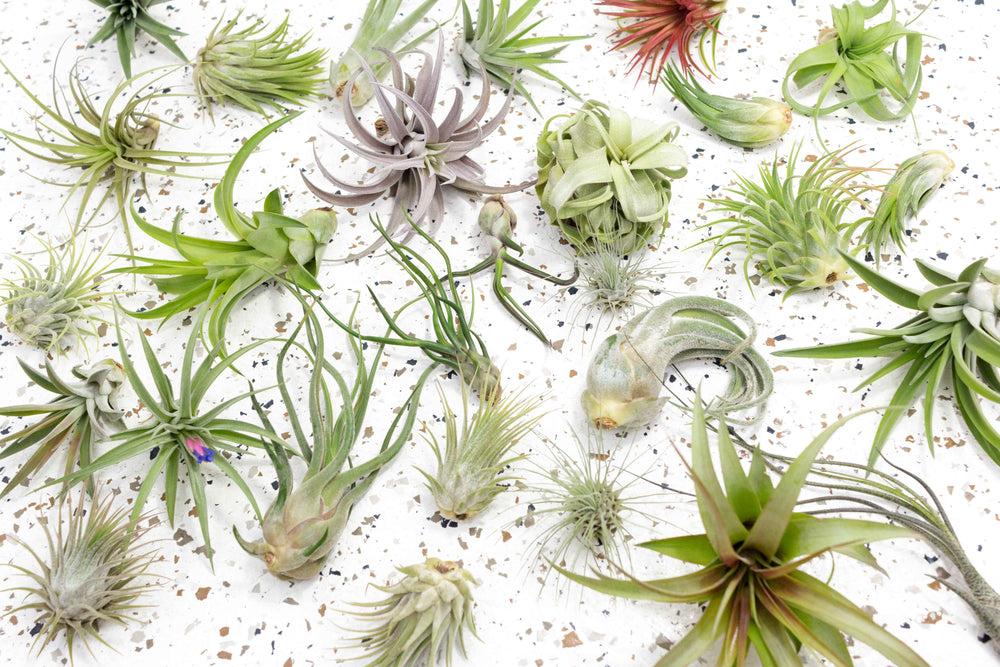
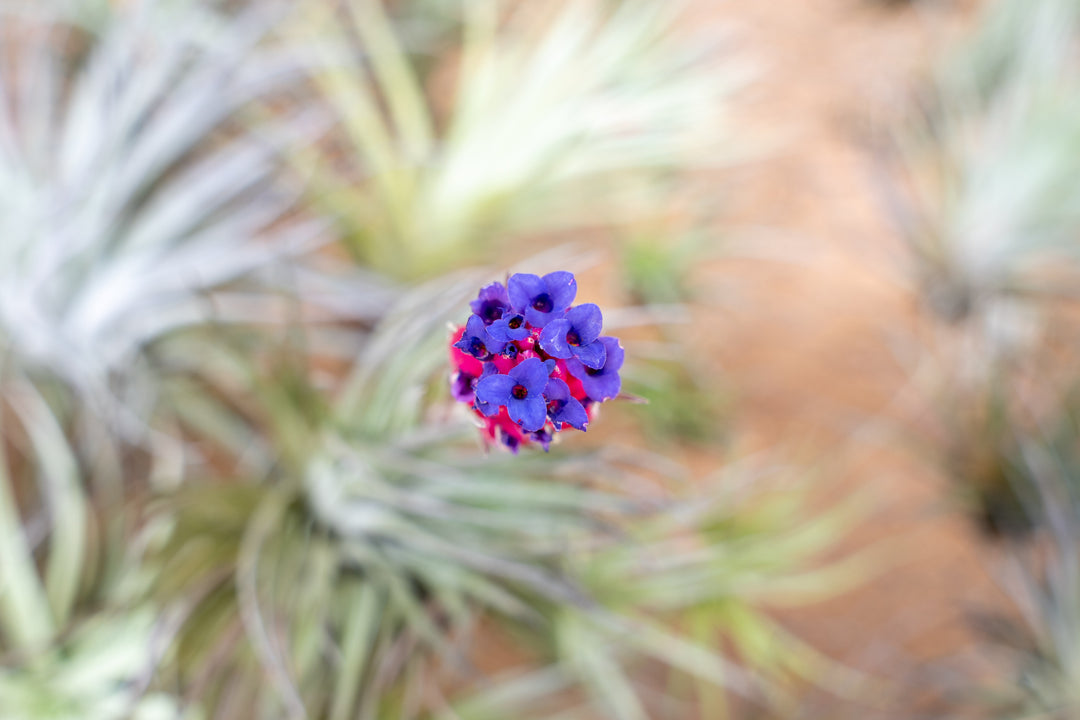
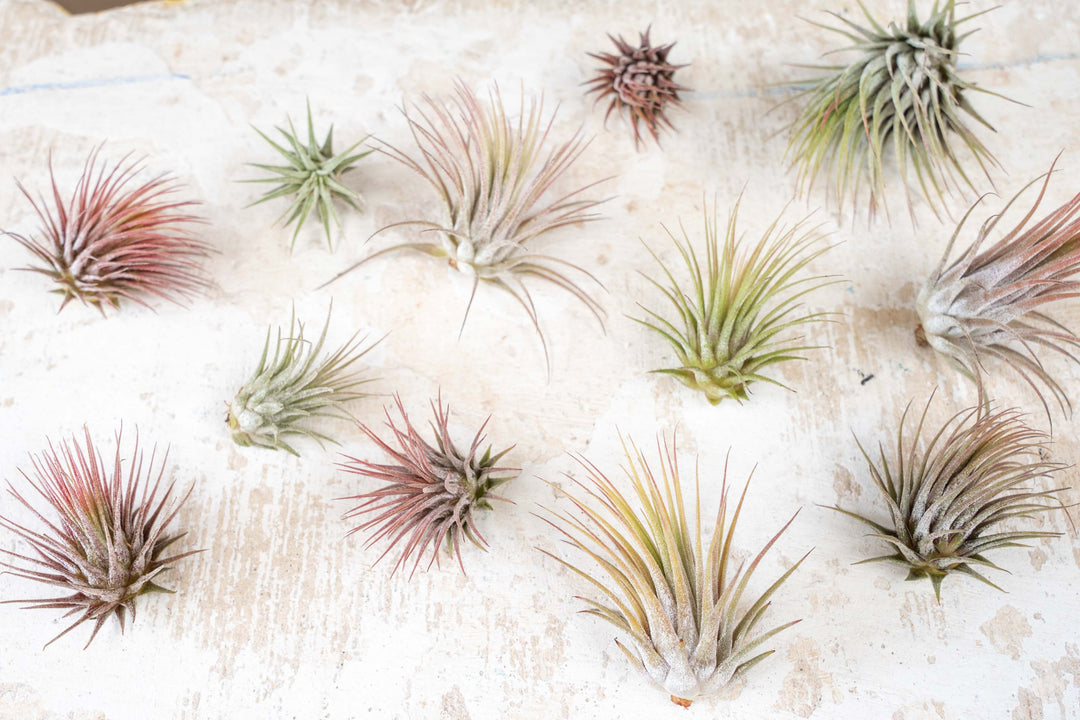
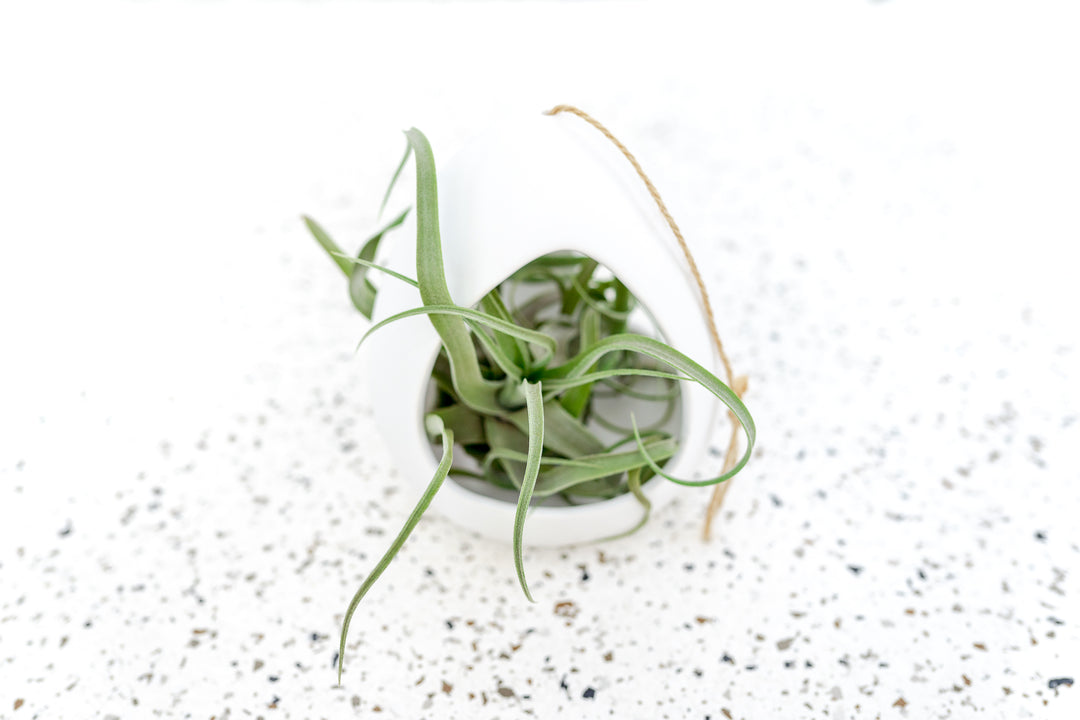
Leave a comment